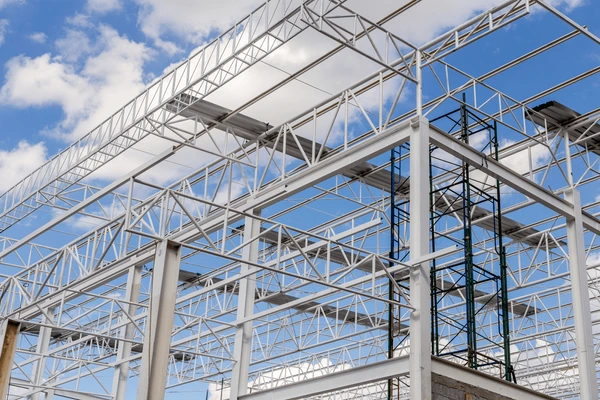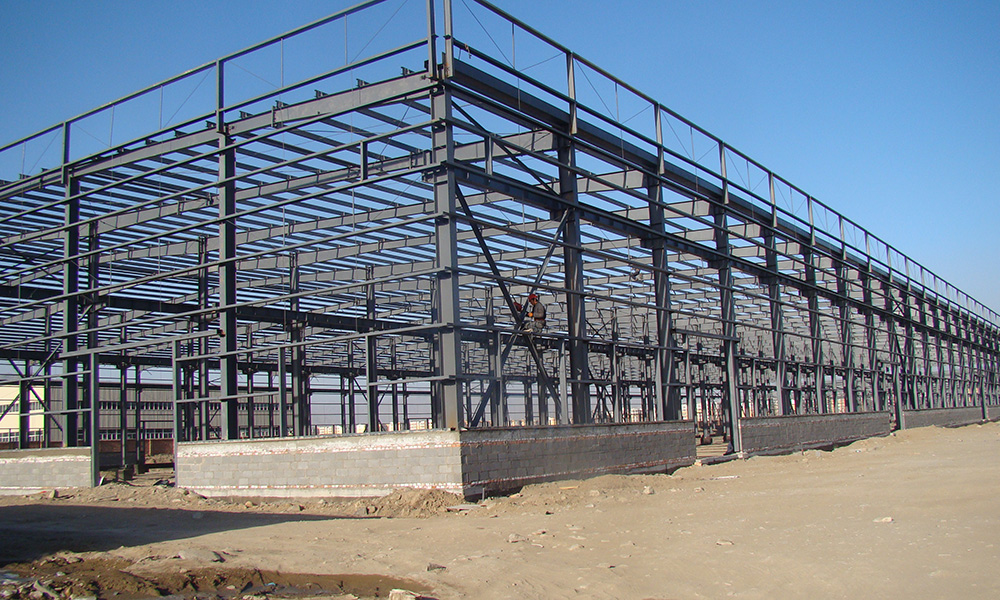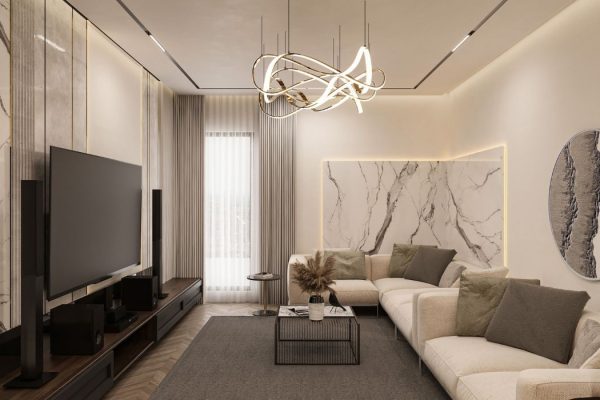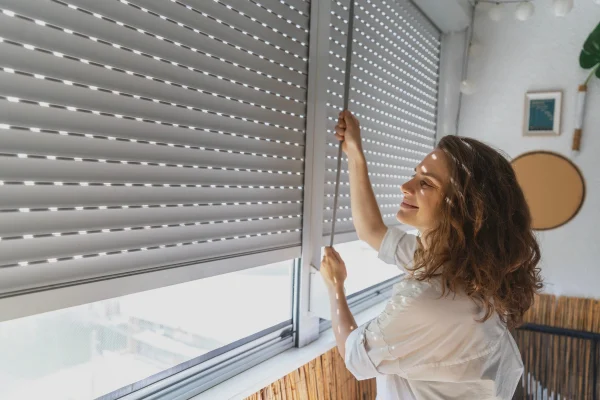When it comes to steel structure building, architects and engineers across Singapore are embracing this versatile construction method for its remarkable combination of strength, sustainability and aesthetic flexibility. The skyline of Singapore has been transformed over recent decades, with gleaming steel frameworks supporting some of the city-state’s most iconic buildings. This construction revolution has changed not just how we build, but what’s possible in modern architecture.
The Fundamental Advantages of Steel Construction
Steel offers distinct advantages that traditional building materials simply cannot match. As urban centres become more crowded and sustainability concerns mount, steel structures provide compelling solutions:
- Exceptional strength-to-weight ratio, allowing for larger spans and more creative designs
- Faster construction timelines, reducing labour costs and project completion times
- Superior durability against Singapore’s tropical climate conditions
- Reduced foundation requirements due to lightweight properties
- Precision manufacturing that ensures consistent quality
“The integration of steel structure building techniques has allowed us to reimagine what’s possible in Singapore’s urban landscape, creating spaces that are not only functional but inspirational,” notes a leading structural engineer from one of Singapore’s premier architectural firms.
Economic Benefits That Cannot Be Ignored
The financial case for steel structures has become increasingly persuasive. Beyond the immediate construction phase, steel delivers long-term economic advantages that property developers and investors find compelling.
Steel structures typically require less maintenance over their lifespan. The material’s inherent resistance to rot, pests and moisture makes it especially well-suited to Singapore’s humidity. Furthermore, modern galvanising and coating techniques have dramatically improved steel’s corrosion resistance, extending building lifespans considerably.
Sustainability: Steel’s Secret Strength
In an era where environmental concerns drive many construction decisions, steel presents a compelling case as a sustainable building material:
- Nearly 100% recyclable with no degradation in quality
- Reduced construction waste compared to concrete or timber
- Lower energy usage throughout the building’s lifecycle
- Excellent thermal performance when combined with proper insulation
- Reduced embodied carbon when using recycled steel
“We’ve seen a dramatic shift in client priorities, with sustainability now ranking alongside cost and aesthetics. Steel structure building allows us to meet these environmental commitments without compromising on design or structural integrity,” explains a sustainability consultant who has worked on numerous green building certifications in Singapore.

Design Flexibility That Inspires
Perhaps steel’s most exciting characteristic is its ability to bend to the architect’s imagination. The material allows for sweeping curves, dramatic cantilevers and soaring open spaces that would be impossible with traditional building methods.
This design flexibility doesn’t just create more visually striking buildings—it enables architects to respond more effectively to Singapore’s unique urban challenges, creating spaces that maximise limited land while providing comfortable, functional environments for occupants.
Meeting Singapore’s Unique Challenges
Singapore presents specific challenges for construction projects. Limited land availability, strict building codes, and environmental considerations create a complex landscape for developers.
Steel structure building offers tailored solutions:
- Prefabricated components reduce on-site construction time in congested urban areas
- Superior seismic performance provides safety in a region with moderate earthquake risk
- Adaptability allows for future modifications as space needs change
- Enhanced fire resistance with modern coating systems
- Efficient material use maximises precious urban space
The Innovation Frontier in Steel Construction
The innovation in steel structure technology continues at a rapid pace. Advanced high-strength steels now offer even greater structural capabilities with less material. Composite steel systems, combining steel with other materials like engineered timber or reinforced concrete, provide hybrid solutions that maximise the benefits of each material.
“The next generation of steel buildings will likely incorporate smart technologies directly into the structural framework,” suggests an industry innovator. “Imagine structural elements that can monitor their own stress loads, temperature variations, and even air quality—providing real-time data to building management systems.”
This integration of digital and physical infrastructure represents the cutting edge of construction technology, with Singapore positioning itself as a leader in this space through its Smart Nation initiatives and commitment to technological adoption.
The Future of Construction in Singapore
As Singapore continues its trajectory as a global city, construction methodologies must evolve to meet new challenges. The integration of digital technologies with steel construction is opening exciting new frontiers.
Building Information Modelling (BIM) now allows for unprecedented precision in steel fabrication. Components can be designed, tested and manufactured with minimal waste and maximum efficiency. This digital revolution, combined with advances in steel technology, points to an even brighter future for urban development.
“The combination of cutting-edge digital design tools with the inherent advantages of steel creates almost limitless possibilities for future urban spaces,” observes a technology specialist from a major Singapore architectural practice.
Conclusion
The evolution of construction techniques in Singapore reflects a broader shift in global building practices toward materials and methods that deliver superior performance across multiple dimensions. As architects, engineers and developers look toward the future, they increasingly recognise that sustainability, efficiency and design flexibility must coexist. For projects that demand structural integrity, rapid construction and environmental responsibility, few options can compete with the versatility and proven performance of steel structure building.








